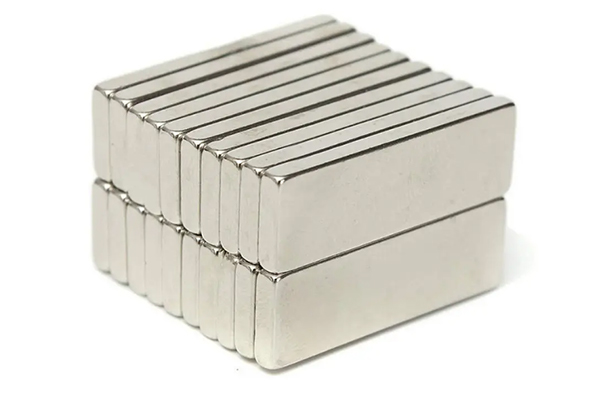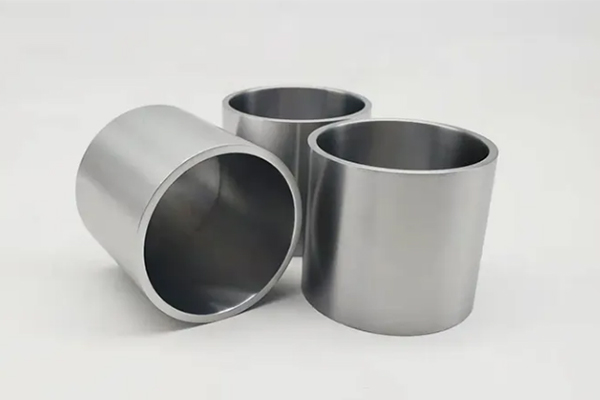Rare Earth Extraction And Recycling
Description
Rare earth elements (REEs) consist of 17 chemically analogous metallic elements. They are essential for advanced technologies such as electronics, renewable energy and military applications. Their magnetic, luminescent and electrochemical properties are utilised in modern industry. However, the extraction and recycling of these metals pose significant challenges due to environmental concerns and resource scarcity.
Extraction Methods and Challenges
The principal method for extracting rare earth elements involves mining REE-bearing ores, typically bastnaesite, monazite and Xenotime. The mined ores undergo processes such as crushing, milling, flotation and gravity separation to concentrate the rare earth elements. The concentrated material is then chemically treated, generally by acid or alkaline leaching. These procedures generate radioactive and toxic wastes. For example, certain ores contain thorium and uranium, thereby presenting risks to both the environment and human health.
An additional extraction method is solvent extraction combined with ion exchange. In ion exchange, resins selectively retain specific rare earth ions to achieve effective separation. In solvent extraction with acidic or alkaline solutions and organic solvents, individual elements are separated through repeated washing. Although efficient, this method is energy-intensive and produces toxic solvent wastes, the disposal of which requires proper waste management.
Recycling Practices and Innovations
Owing to the environmental and economic challenges associated with mining rare earth elements, recycling from electronic waste is now indispensable. Recycling reduces reliance on mining, mitigates environmental damage and lessens supply chain risks.
Current recycling techniques include hydrometallurgical, pyrometallurgical and bio-hydrometallurgical processes. Hydrometallurgical methods employ chemical leaching and solvent extraction, which are used extensively for recycling rare-earth magnets in computer hard drives, electric vehicles and wind turbines. Pyrometallurgical recycling utilises high-temperature smelting processes for metal recovery; this approach limits energy consumption and the production of harmful gases.
A promising development is bio-hydrometallurgy. In this method, microorganisms such as bacteria and fungi are used to leach metals from electronic waste under mild conditions. This process reduces energy demand significantly and produces minimal harmful by-products. For further information, please refer to Stanford Advanced Materials (SAM).
Frequently Asked Questions
For what purposes are rare earth elements commonly used?
Rare earth elements are used for their magnetic, luminescent and catalytic properties in electronics, in renewable energy applications (wind turbines and solar cells), in electric vehicles, medical devices and military equipment.
Why is the recycling of rare earth metals important?
Recycling reduces reliance on mining, mitigates environmental contamination, secures a sustainable supply and diminishes geopolitical risks related to resource availability.
What are the major challenges associated with the extraction of rare earth elements?
The main challenges include environmental pollution, the production of radioactive wastes, high energy consumption, complex separation techniques and health risks for workers.
Which rare earth element is most commonly recycled?
Neodymium is currently the most recycled rare earth element. It is primarily used in high-performance magnets for electric vehicles, wind turbines and electronics, and it has significant economic value due to its widespread applications.
What future innovations could improve the recycling of rare earth elements?
Future innovations include bio-hydrometallurgy, improved chemical extraction methods, advanced material designs that facilitate recycling and the development of closed-loop recycling systems. These improvements could increase the efficiency and environmental sustainability of rare earth recycling.

 Bars
Bars
 Beads & Spheres
Beads & Spheres
 Bolts & Nuts
Bolts & Nuts
 Crucibles
Crucibles
 Discs
Discs
 Fibers & Fabrics
Fibers & Fabrics
 Films
Films
 Flake
Flake
 Foams
Foams
 Foil
Foil
 Granules
Granules
 Honeycombs
Honeycombs
 Ink
Ink
 Laminate
Laminate
 Lumps
Lumps
 Meshes
Meshes
 Metallised Film
Metallised Film
 Plate
Plate
 Powders
Powders
 Rod
Rod
 Sheets
Sheets
 Single Crystals
Single Crystals
 Sputtering Target
Sputtering Target
 Tubes
Tubes
 Washer
Washer
 Wires
Wires
 Converters & Calculators
Converters & Calculators
 Write for Us
Write for Us





 Chin Trento
Chin Trento



